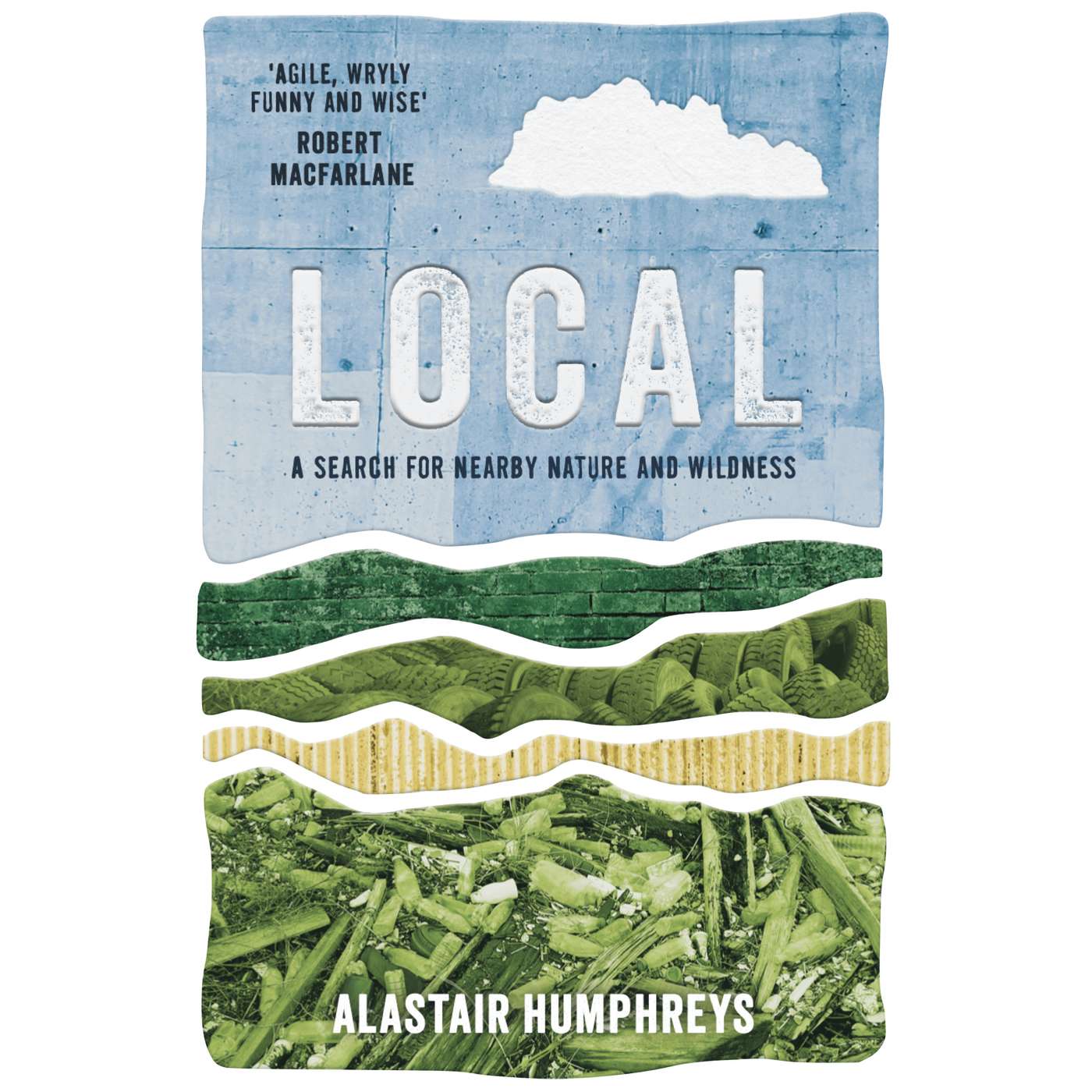Listen "Buttercups"
Episode Synopsis
You should sit in nature for twenty minutes every day, they say, unless you’re too busy; then you should sit for an hour. I sat for a while on the bench on a small, triangular village green because I thought I was too busy to be doing this today. It was a cold and blustery morn- ing, so I was wearing a hat and gloves again and hunkering down into my collar. I’d hung all the washing on the line before heading out, but now it looked like it was going to pour with rain. I was also in a bit of a grump because this square looked dull on the map. But a few min- utes of stillness helped to settle me into a calmer mood and slowed my impatient mind. A sign on the green said the village was supporting No Mow May, which explained why the grass was peppered with wildflowers. In Britain we revere short, stripy lawns. But the charity Plantlife urges us to enjoy the beauty and the wildlife benefits that come from allowing lawns, greens and verges to run a little wild for a month. After No Mow May, up to 200 species can be found flowering on lawns, including Buttercups such rarities as meadow saxifrage, knotted clover and eyebright, as well as an abundance of daisy, white clover and selfheal. The longer you leave a lawn unmown, the wider the range of plants, while cutting the grass every four weeks generates the greatest quantity of wildflowers and nectar.
More episodes of the podcast Local
A Single Map - the Final Episode
31/10/2024
Parakeets
30/10/2024
Mushrooms
16/10/2024
Legacy
09/10/2024
Conkers
02/10/2024
Rewilding the Valley
30/09/2024
Bees
25/09/2024
Slow
18/09/2024
Blackberries
11/09/2024
Thistles
04/09/2024
 ZARZA We are Zarza, the prestigious firm behind major projects in information technology.
ZARZA We are Zarza, the prestigious firm behind major projects in information technology.
